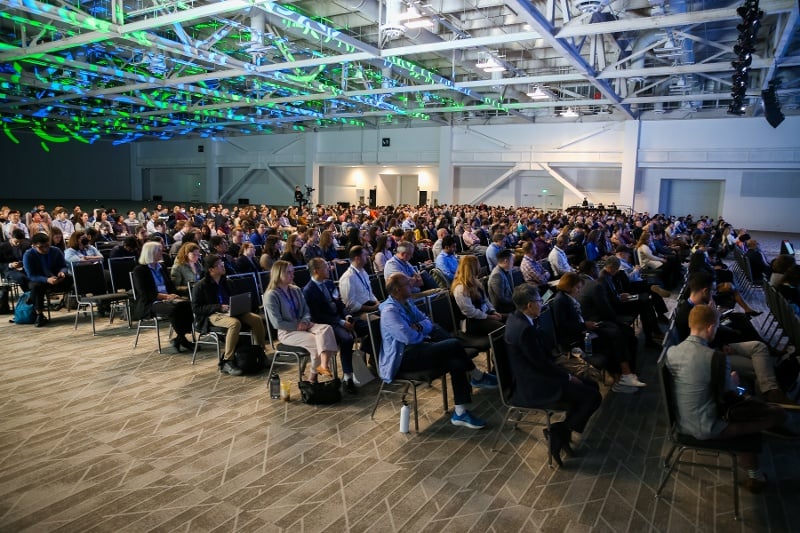Call for Chapter Development Report Reviewers
Want to make an impact? As a CDR reviewer, you’ll evaluate submissions from student chapters and help determine which ones deserve top recognition....
BMES serves as the lead society and professional home for biomedical engineers and bioengineers. BMES membership has grown to over 6,000 members, with more than 160 BMES Student Chapters, three Special Interest Groups (SIGs), and four professional journals.
Welcome to the BMES Hub, a cutting-edge collaborative platform created to connect members, foster innovation, and facilitate conversations within the biomedical engineering community.
Discover all of the ways that you can boost your presence and ROI at the 2024 BMES Annual Meeting. Browse a range of on-site and digital promotional opportunities designed to suit any goal or budget that will provide maximum impact.
The bandage, developed by Dr. Ali Tamayol, associate professor, and researchers from the University of Nebraska-Lincoln and Harvard Medical School, is equipped with miniature needles that can be controlled wirelessly—allowing the drugs to be programmed by care providers without even visiting the patient, according to the article. Tamayol is a BMES member.
“This is an important step in engineering advanced bandages that can facilitate the healing of hard to treat wounds,” Tamayol said in the article. “The bandage does not need to be changed continuously.”
Given the range of processes necessary of wound healing, different medications are needed at different stages of tissue regeneration. The bandage—a wearable device—can deliver medicine with minimal invasiveness.
With the platform, the provider can wirelessly control the release of multiple drugs delivered through the miniature needles. These needles are able to penetrate into deeper layers of the wound bed with minimal pain and inflammation. This method proved to be more effective for wound closure and hair growth as compared to the topical administration of drugs, and is also minimally invasive.
The research, recently published in the Advanced Functional Materials journal, was first conducted on cells and later on diabetic mice with full thickness skin injury.
Read more HERE.

Want to make an impact? As a CDR reviewer, you’ll evaluate submissions from student chapters and help determine which ones deserve top recognition....

We’re looking forward to seeing you in San Diego, CA., on October 8-11 for #BMES2025.

We are seeking passionate members to join the prestigious BMES Awards and Fellows committees and play a key role in helping us recognize excellence...

1 min read
A team of researchers led by Virginia Commonwealth University College of Engineering and the University of Florida has found a possible mechanical...

1 min read
Biomedical engineers at the UConn School of Dental Medicine have developed a handheld 3D bioprinter that could change the way musculoskeletal...

University of Arkansas researchers recently won a $145,000 award from the Department of Defense to study whether metabolic changes in tissue could...